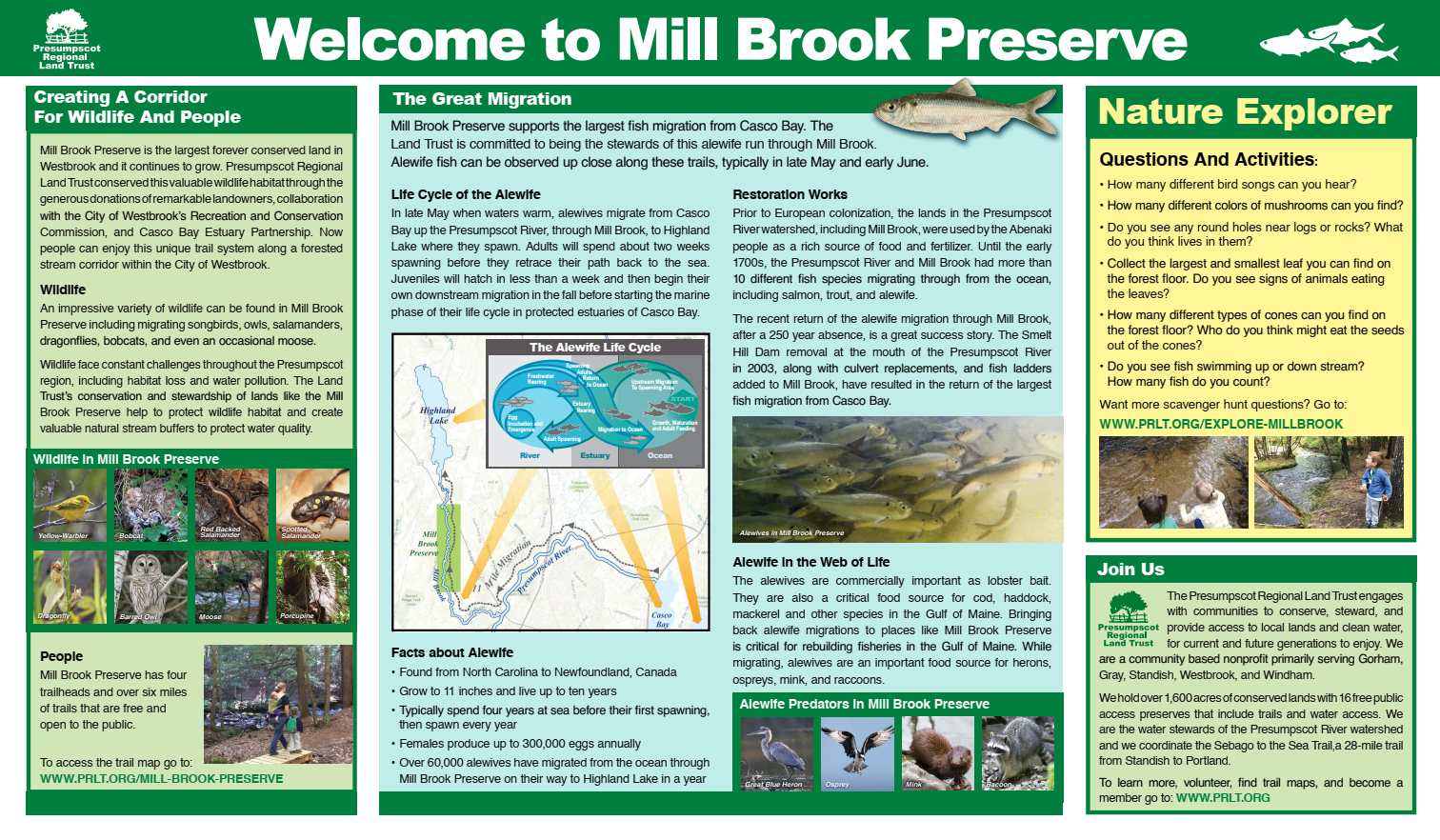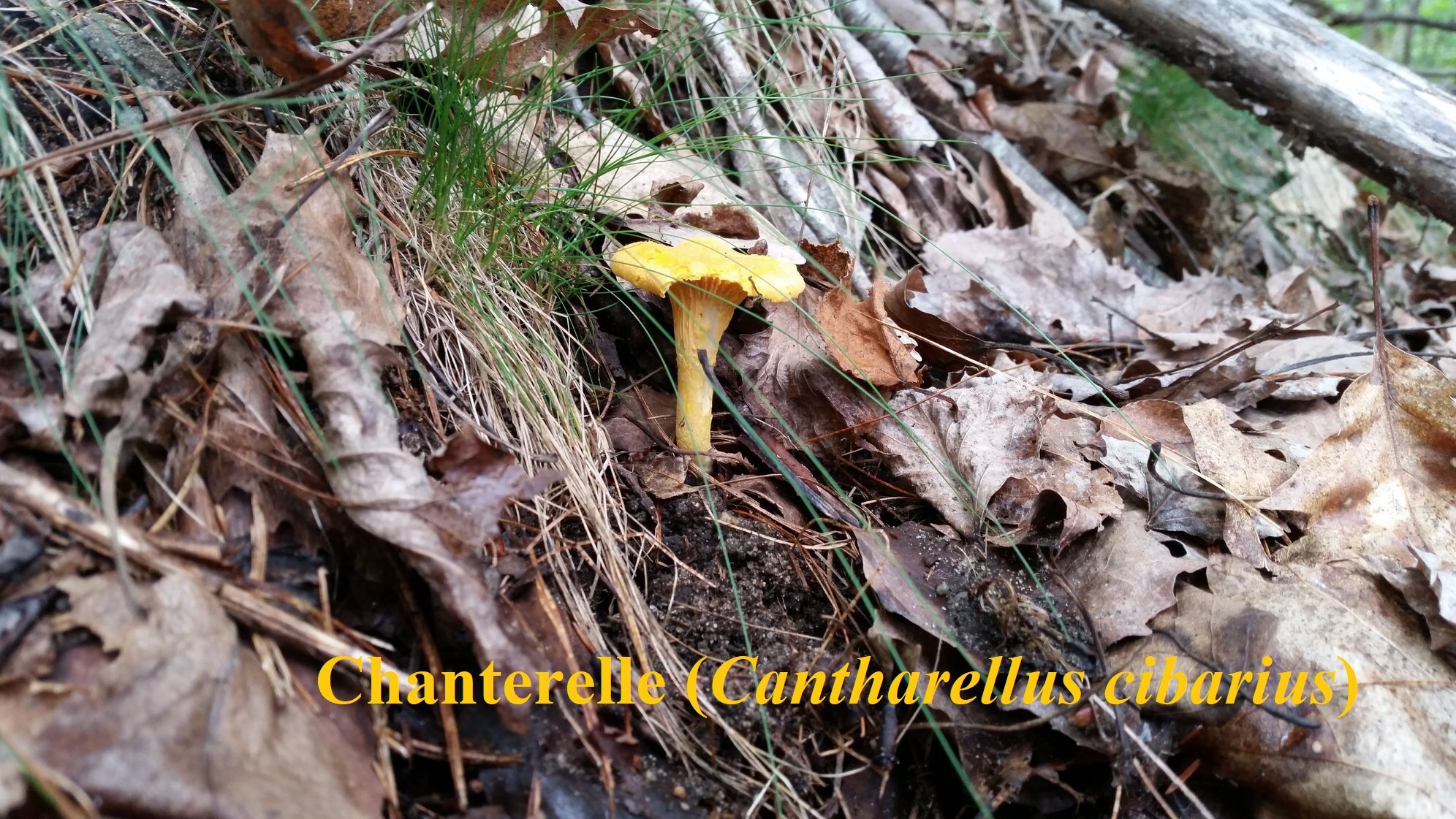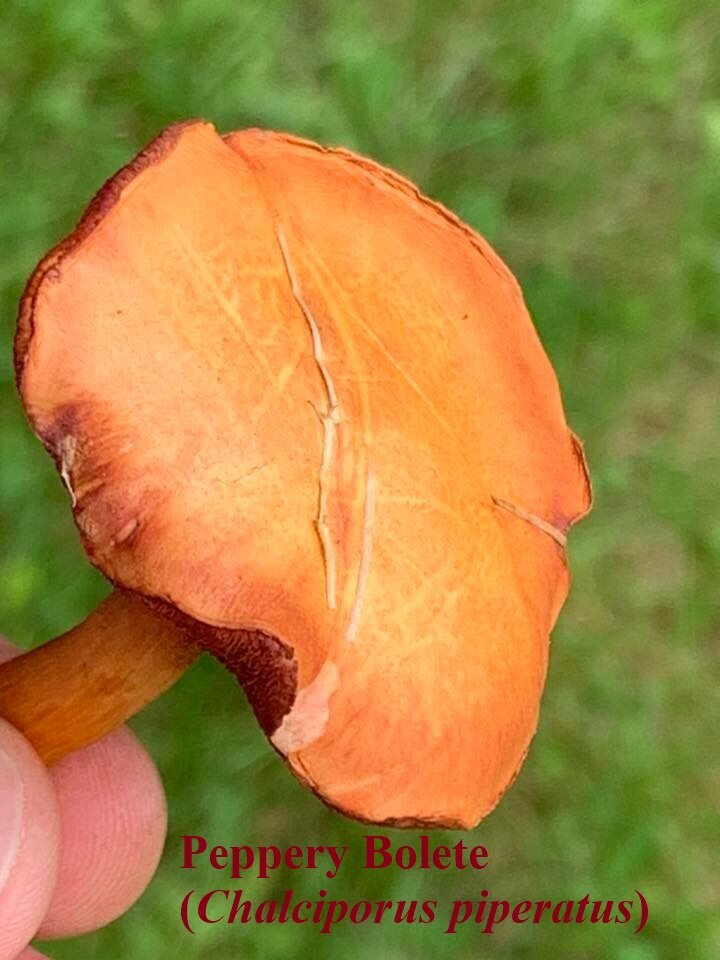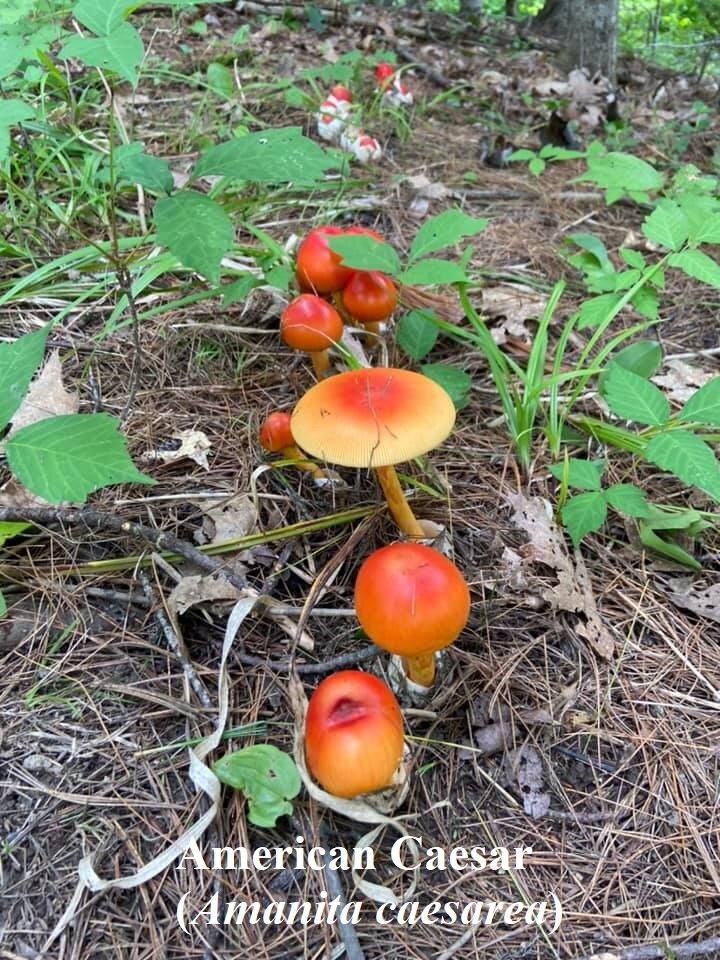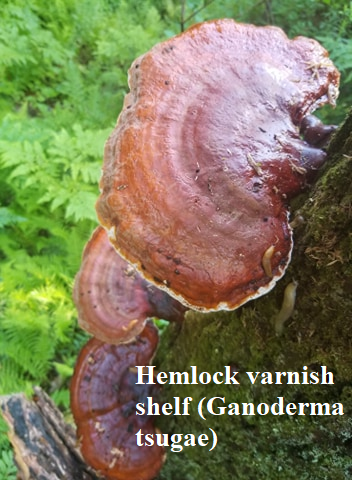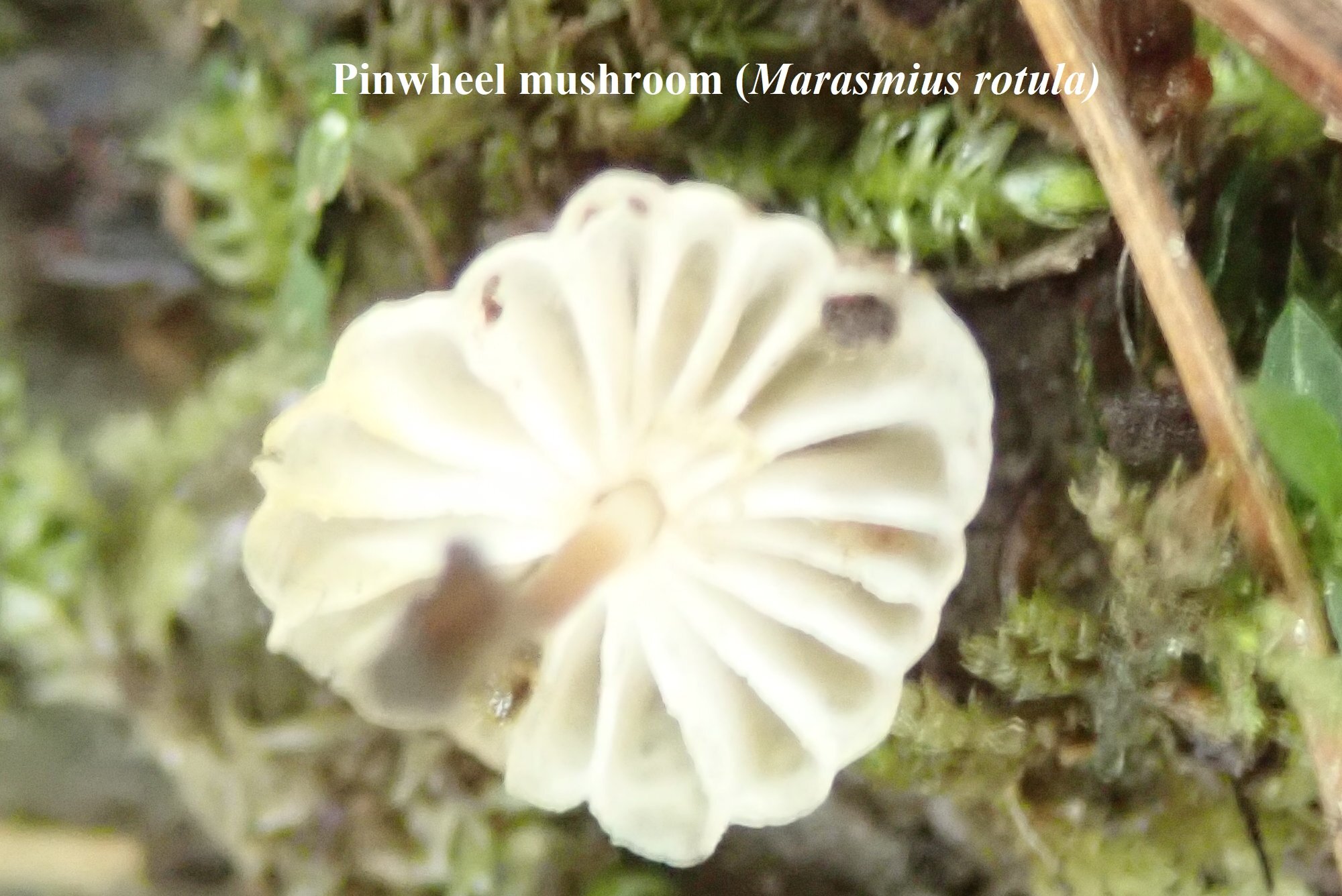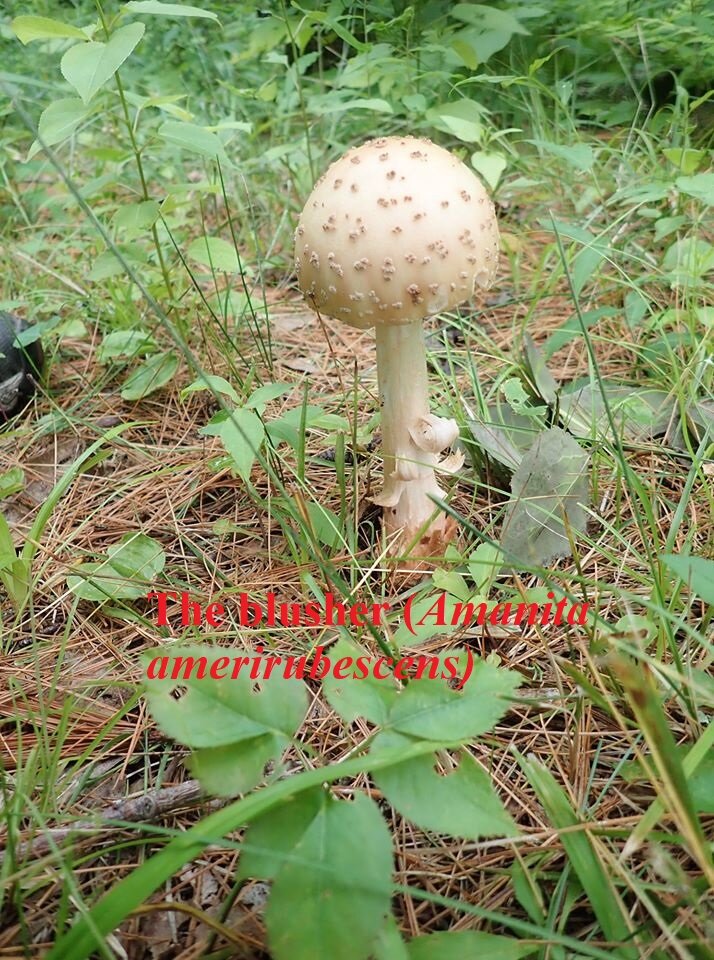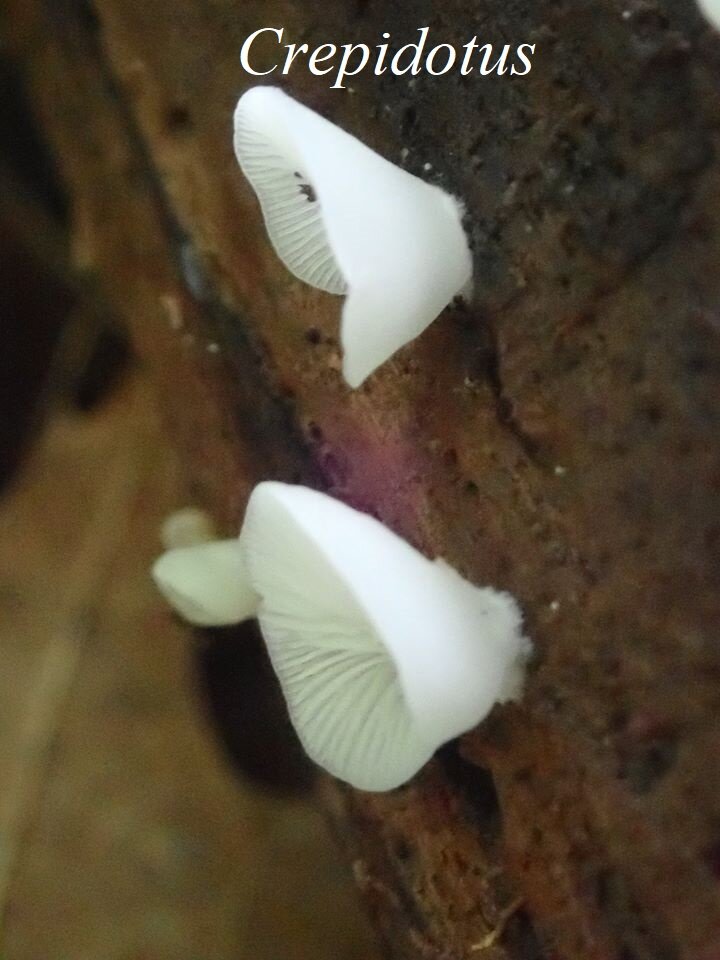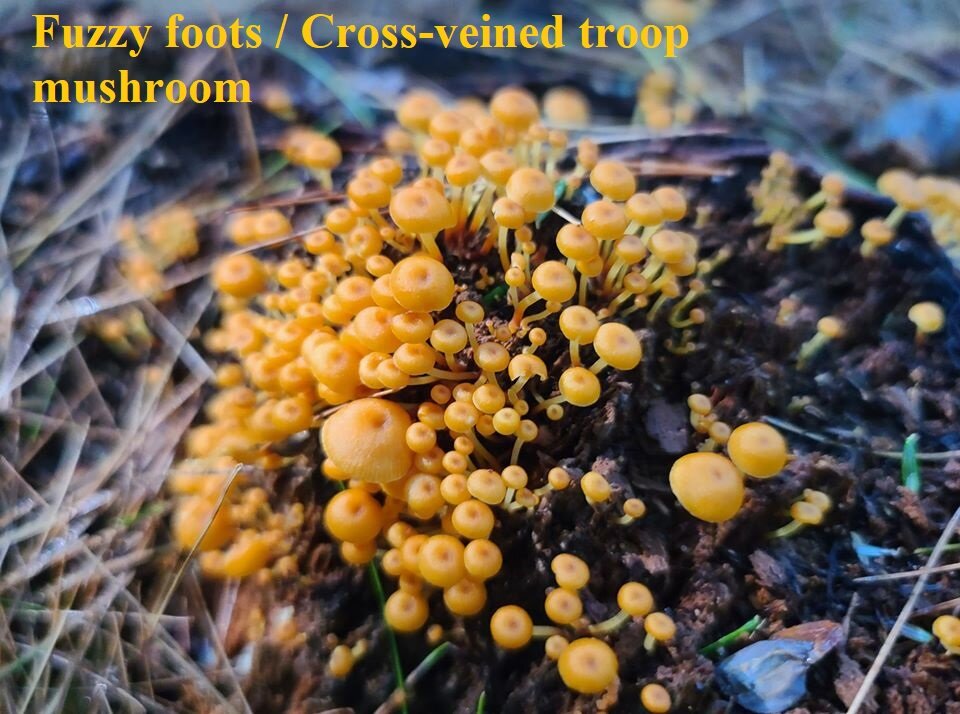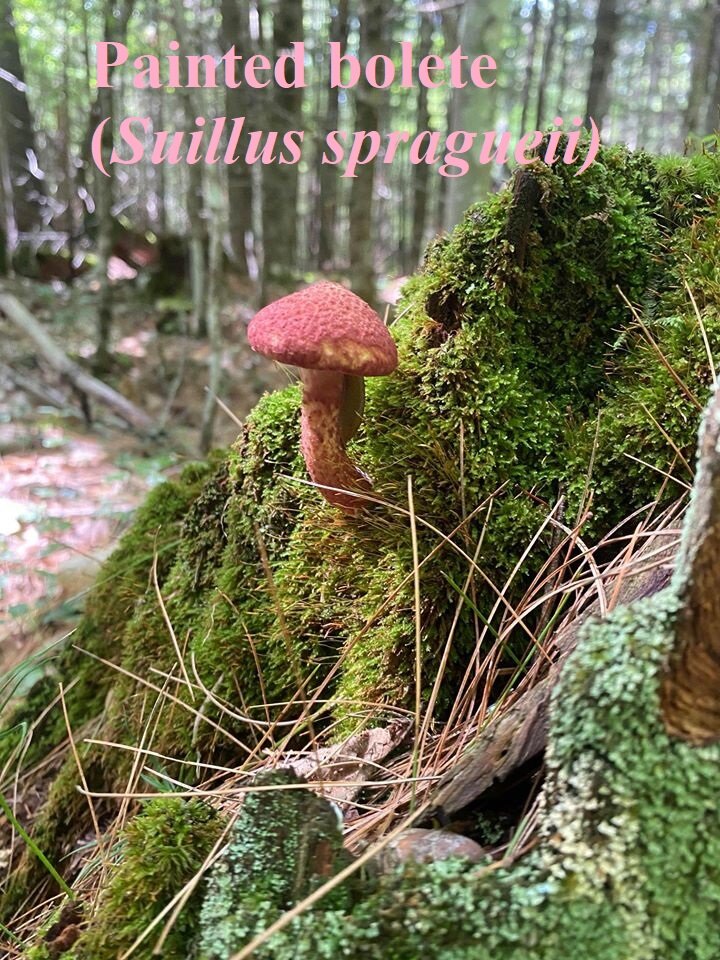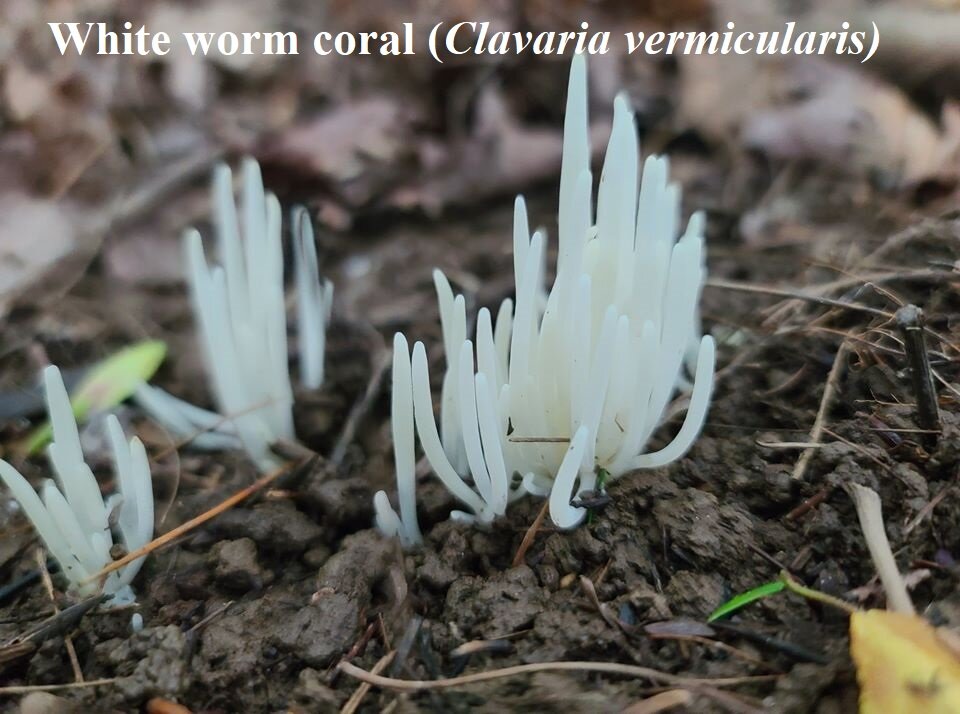EDUCATIONAL RESOURCES
Scroll down to learn about:
Fish Migration / Alewives
Winter Animal Tracking
2020 Bird Week
2020 Mushroom Week
Fly-Fishing
Fish Migration / Alewives
Please see below for a video of Dr. Karen Wilson’s talk on alewives in winter 2021:
Mill Brook supports the largest fish migration from Casco Bay. In late May each year, alewives, a type of river herring, enter the Presumpscot River from Casco Bay, then swim up Mill Brook until they reach Highland Lake, their native spawning ground. The journey is almost 11 miles long, and the migration lasts from two to three weeks. About 70,000 fish traveled this route in 2019. In late summer, adult and new juvenile alewives travel back down the Brook in their return trip to the ocean. Adult alewives can make this round-trip three to four times in their lives.
The protection of the Mill Brook Preserve, along with our Water Stewards program, ensure that these migration waters remain clean and provide excellent habitat for alewives and the countless other plants and animals in and around the Brook.
To learn more about alewives and Mill Brook, please see the digital version of the below educational panel, which is also posted in two locations on the Mill Brook Preserve Trails.
Winter Animal Tracking
In January 2021, well over 100 participants went outside throughout the region in search of animal tracks both large and small in the snow. Maine Master Naturalist Marion Sprague helped identify the tracks as well as providing great tips and tricks for successful tracking in the future. Below are highlights from the week along with some educational wisdom about each set. Also below you will find a link to the printable “Animal Tracks of Greater Portland” sheet, which is a great resource to have with you when you are out and about in the winter.


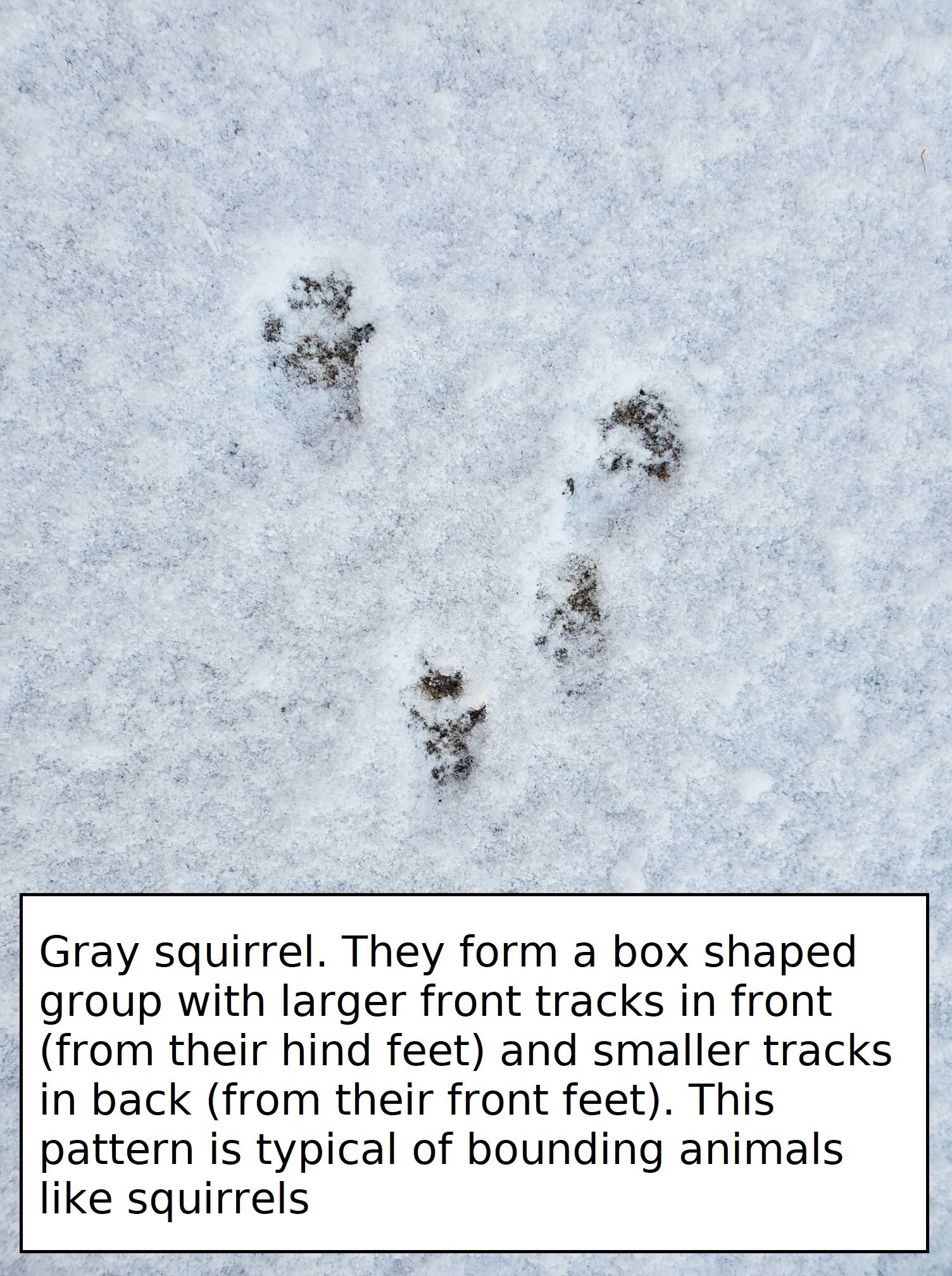
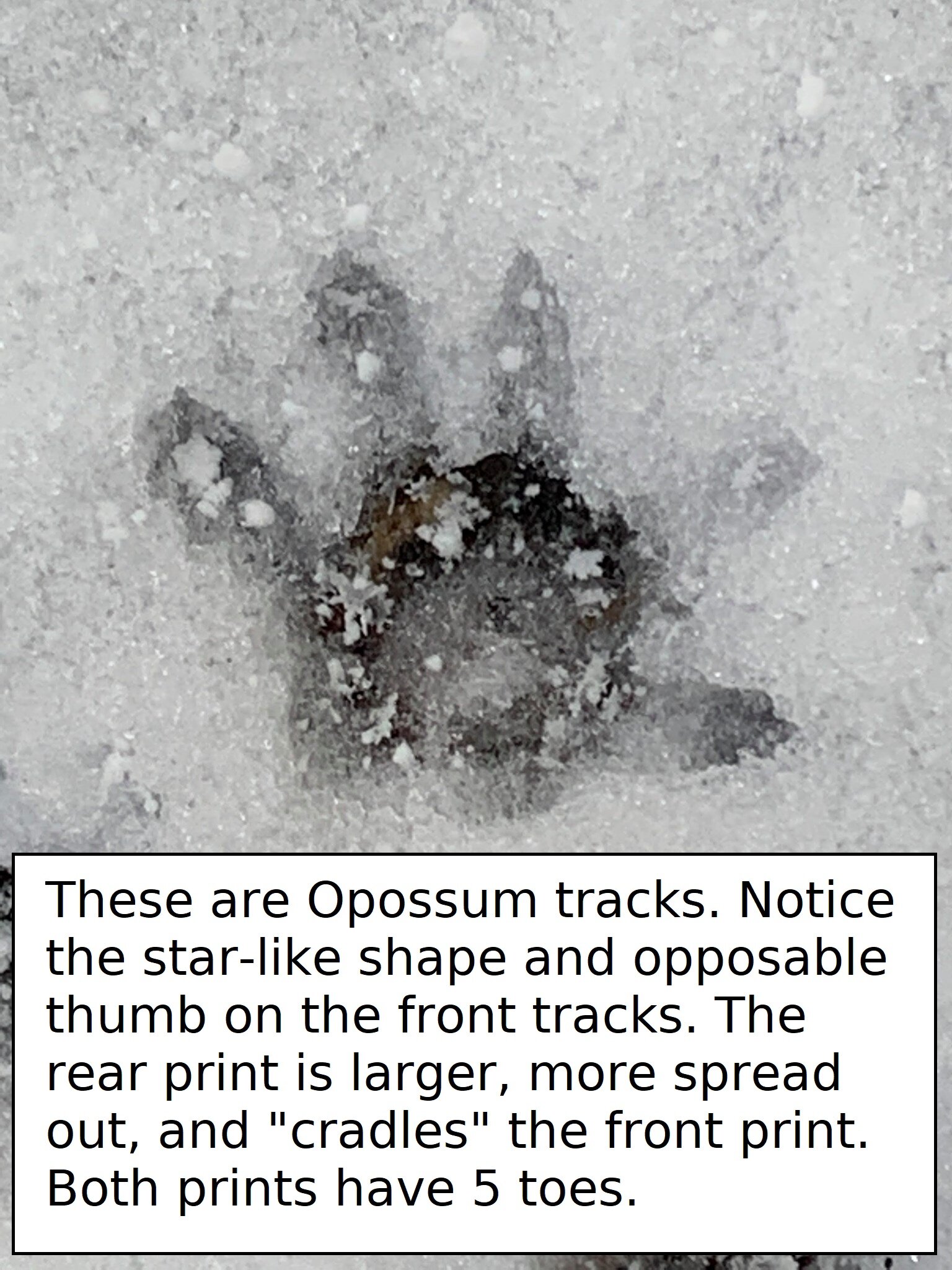
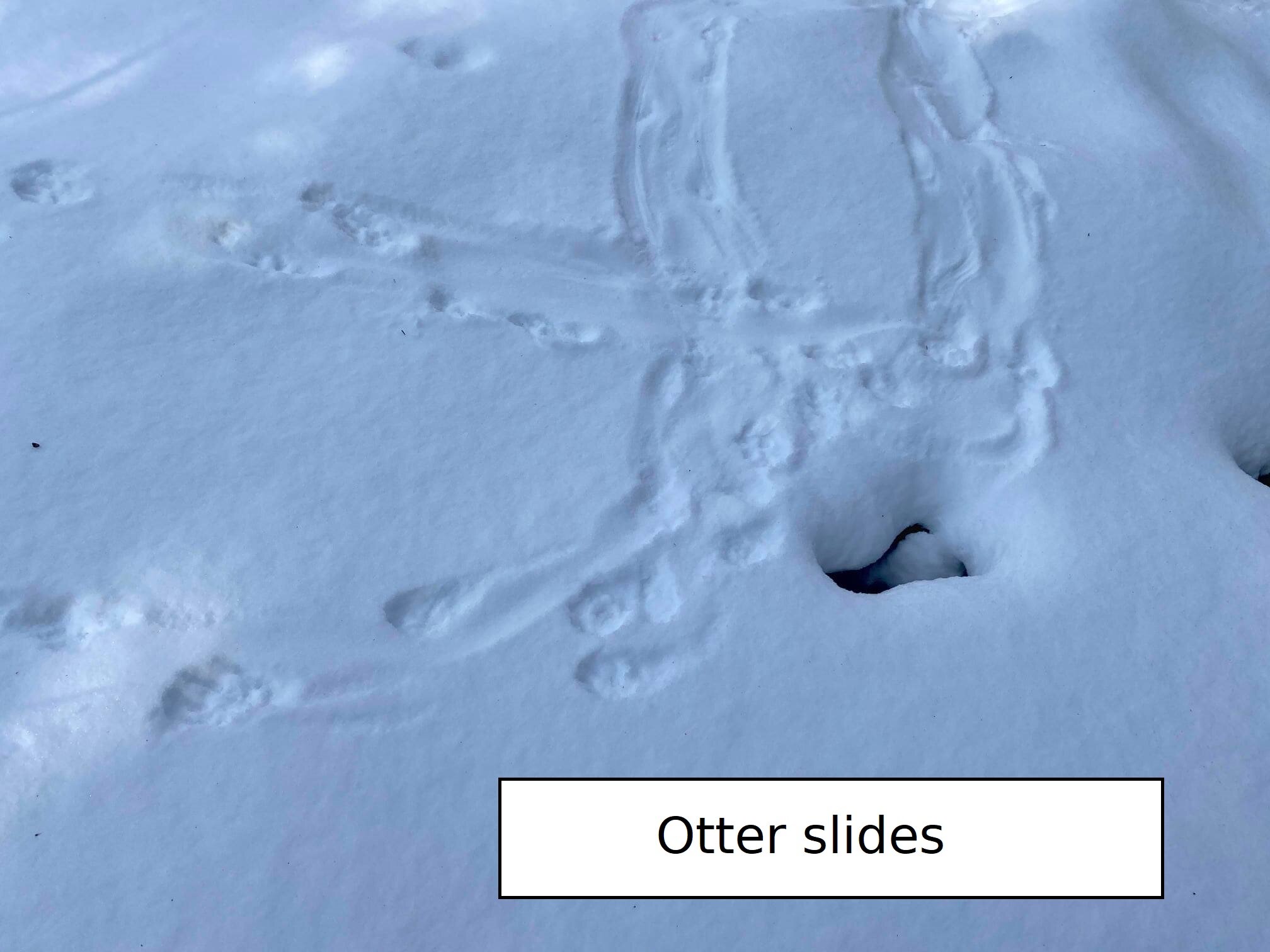
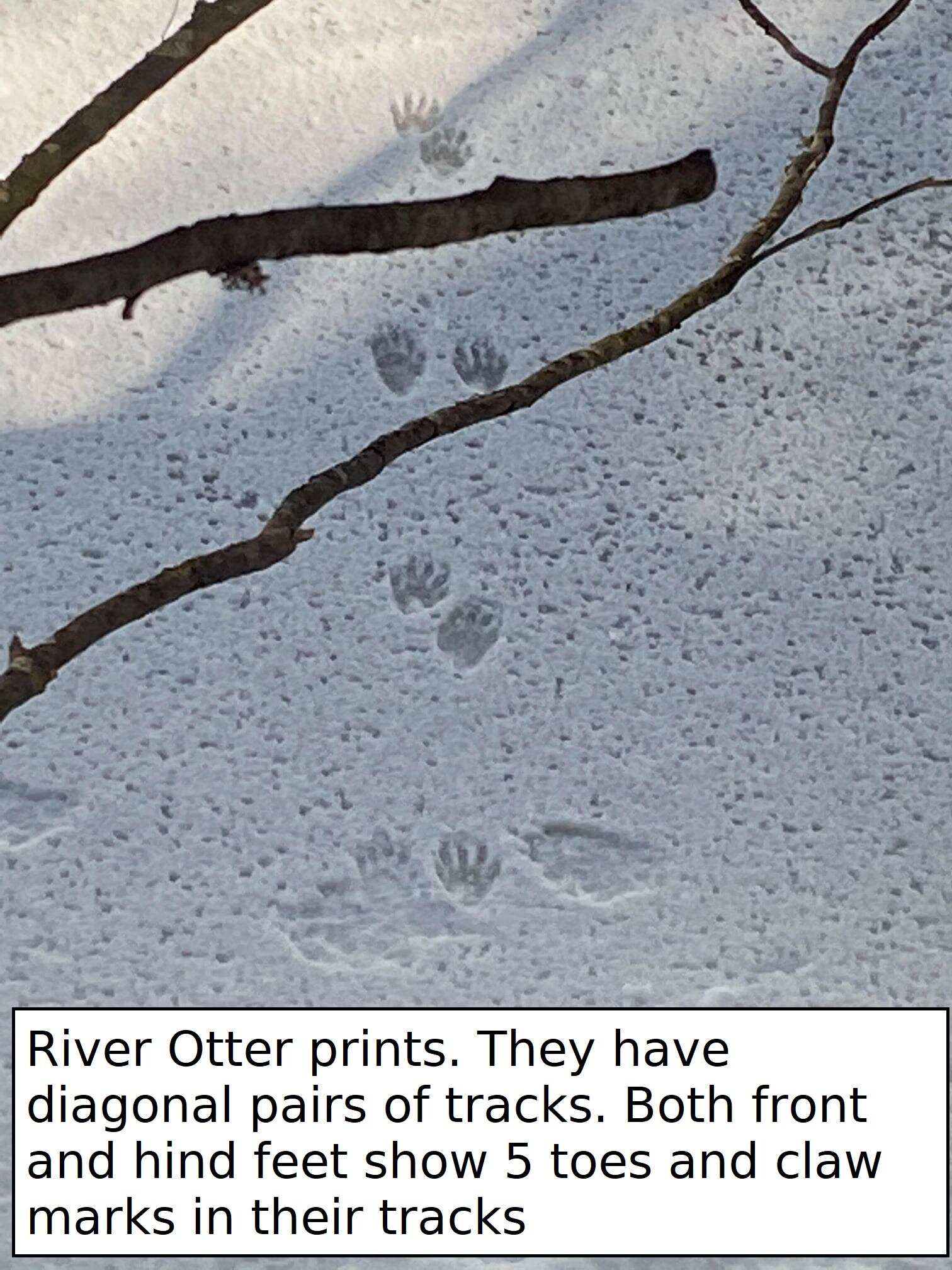


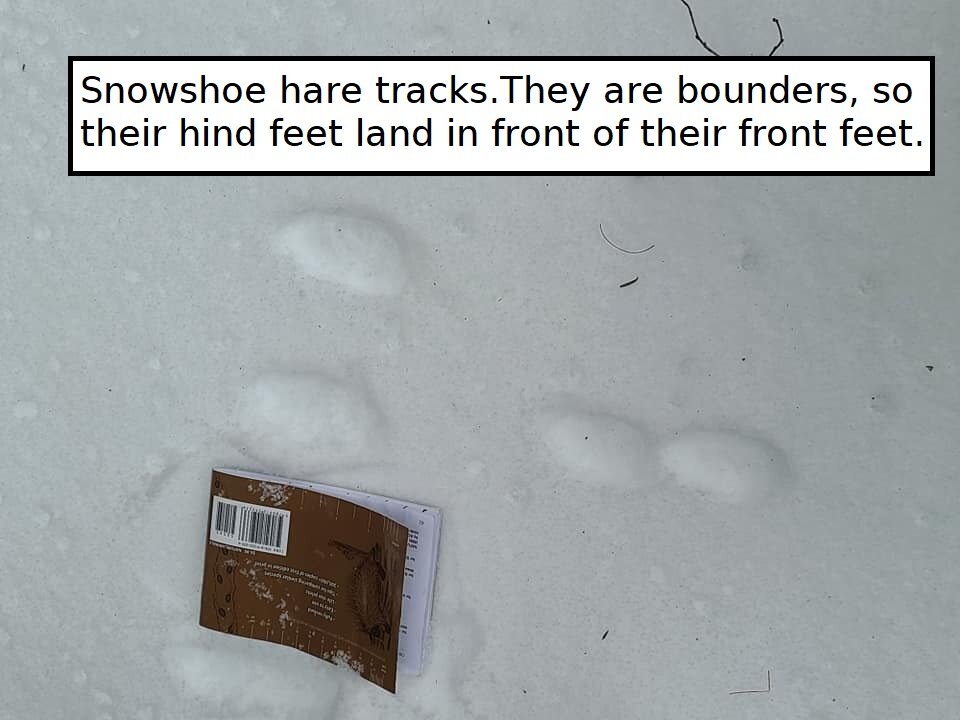
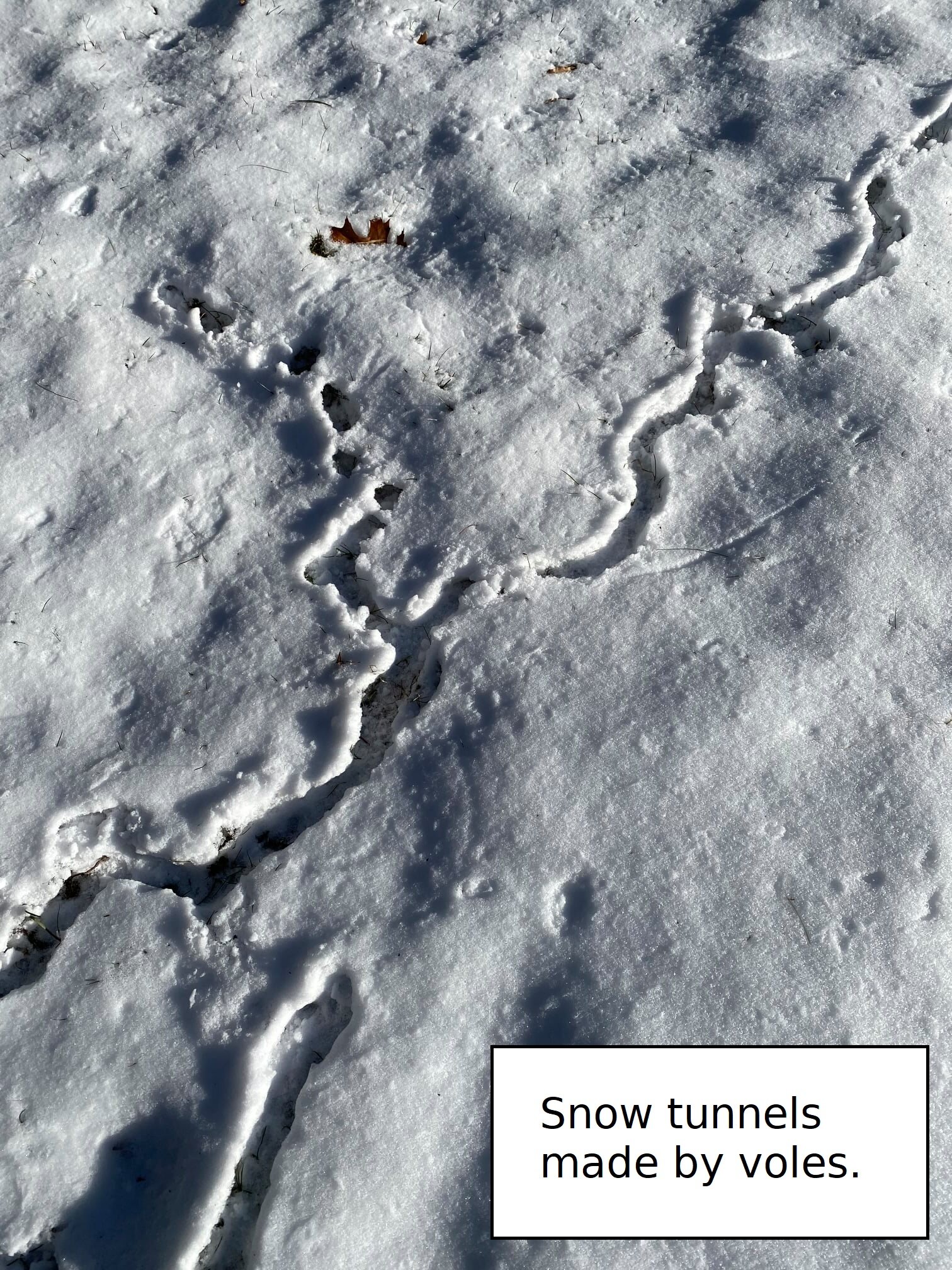

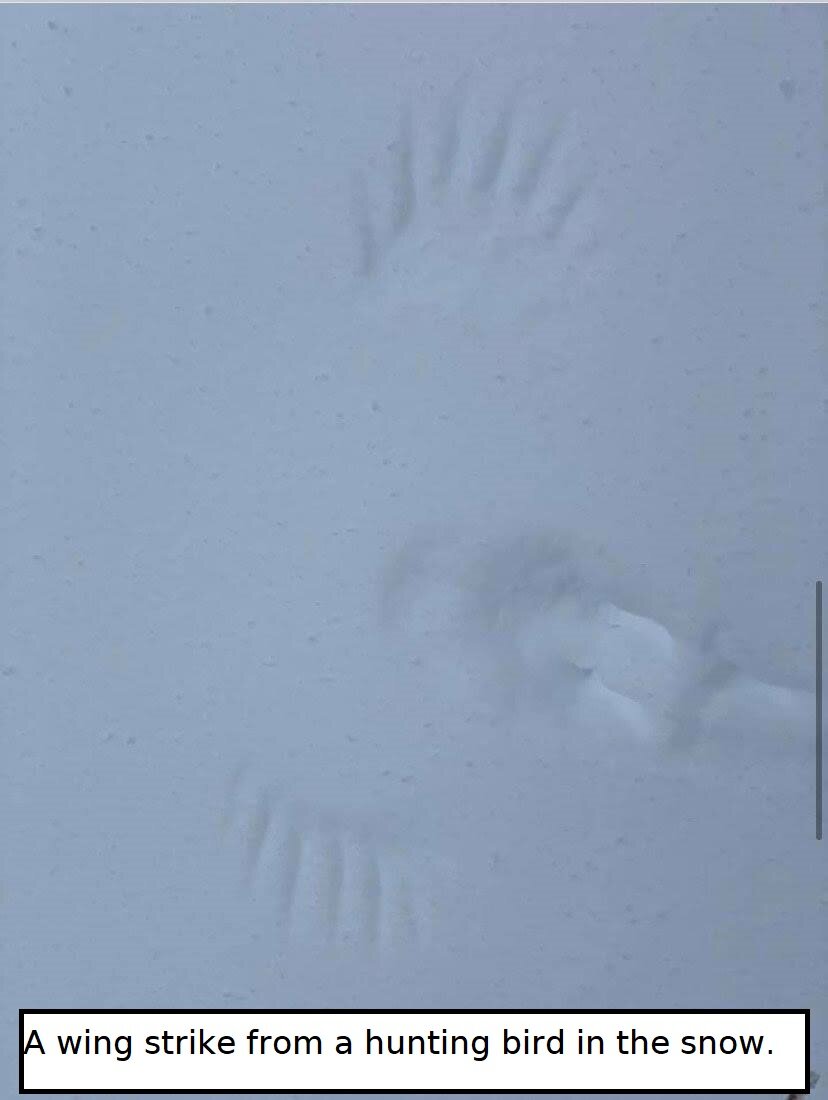
Birding “Big Week” May 2020
For one week, 25 participants visited our Preserves in Gorham, Standish, Westbrook, and Windham looking to document bird species by sight and sound. Birds were found in habitats as diverse as the lands we conserve, including open water, wetlands, fields, dense forest, and of course in flight. In total, these intrepid birders found 55 different species in just this one week, and many of the species were seen more than once. You can see a list of all of the birds below the slideshow.
A big thank you to volunteer Master Naturalist Marion Sprague for coordinating the event, helping to identify unknown birds, and providing a lot of great educational material. And thank you to all of the birders, from novices to veterans, who participated.
Even though this year’s “Big Week” is over, we would still love to see or hear about the birds you find as you walk the trails. Email us or post on our Facebook page when you find somethng that you would like to share. New to birding? Check out some great resources for learning about birds and reporting sightings below the species list.
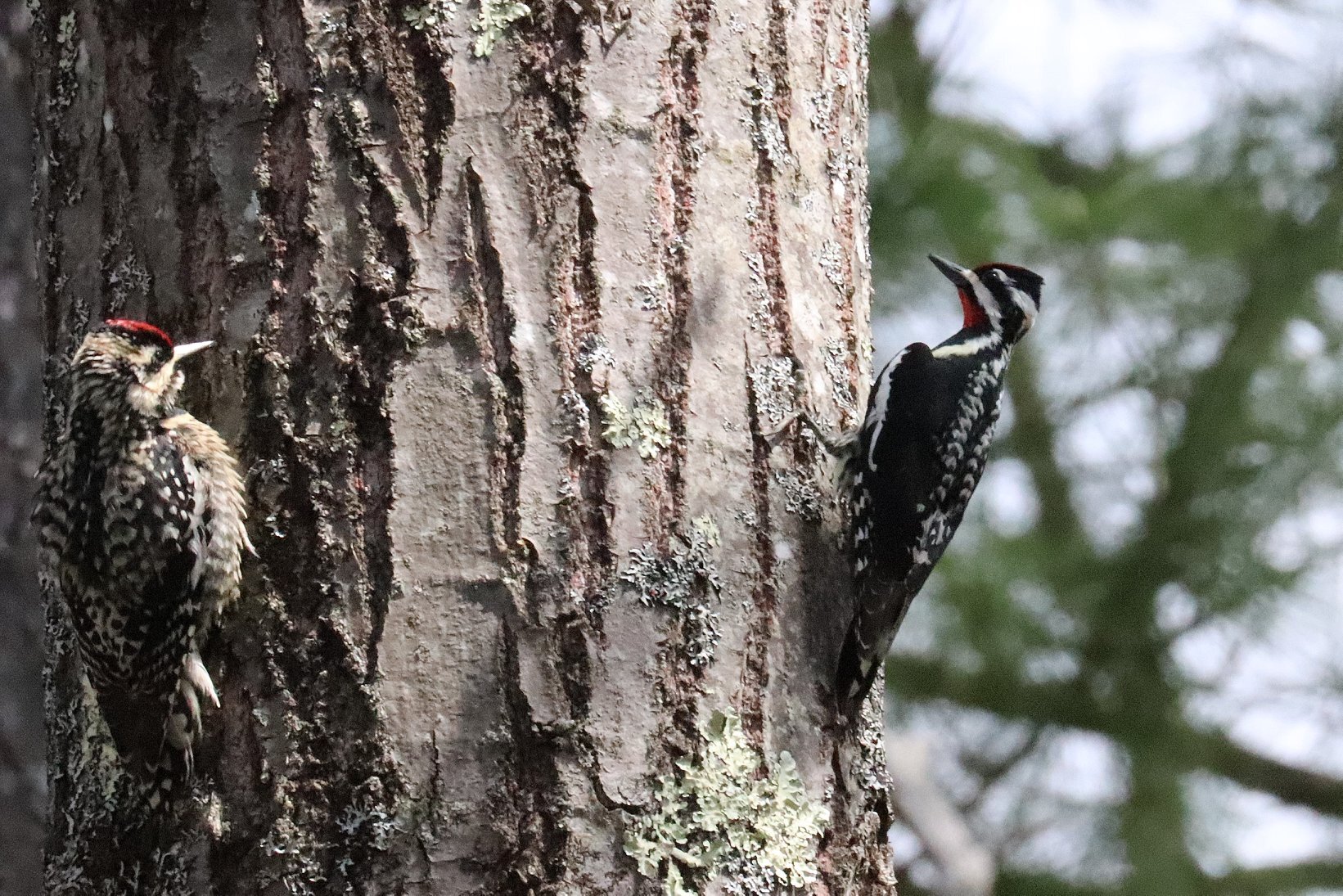
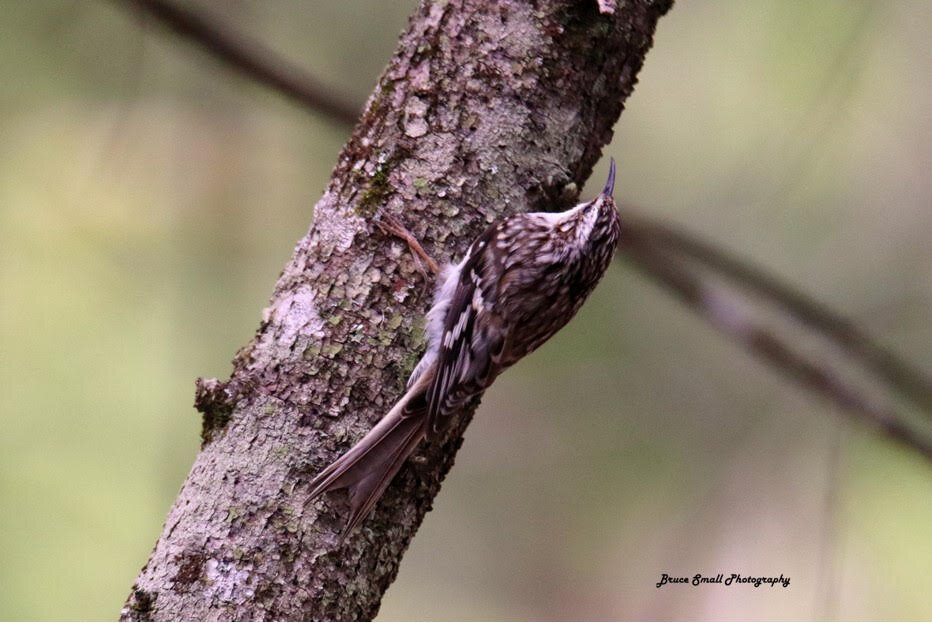
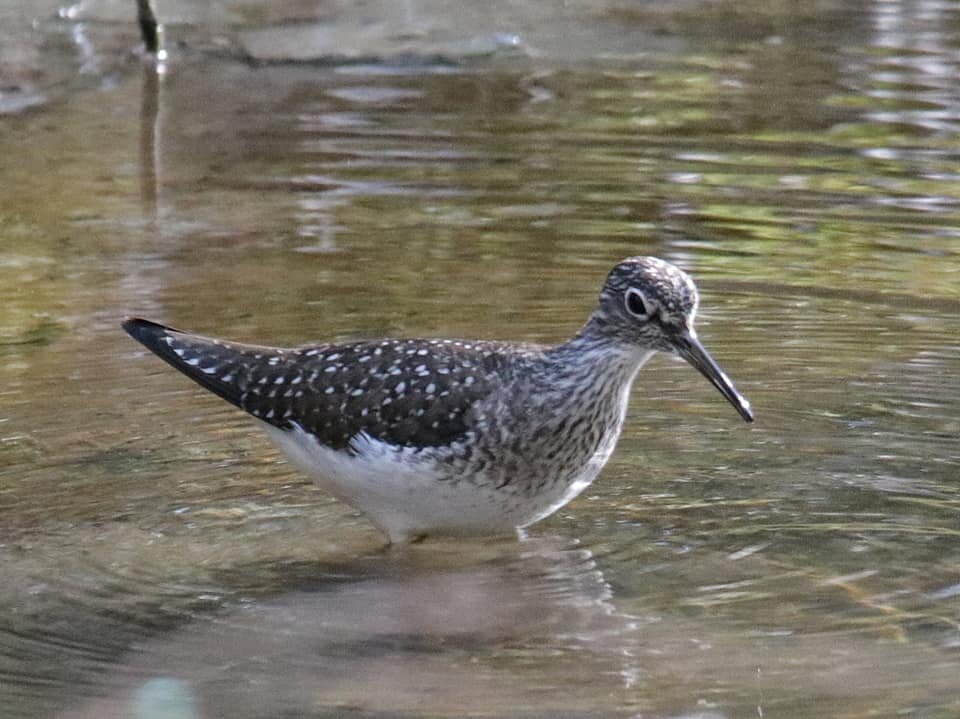
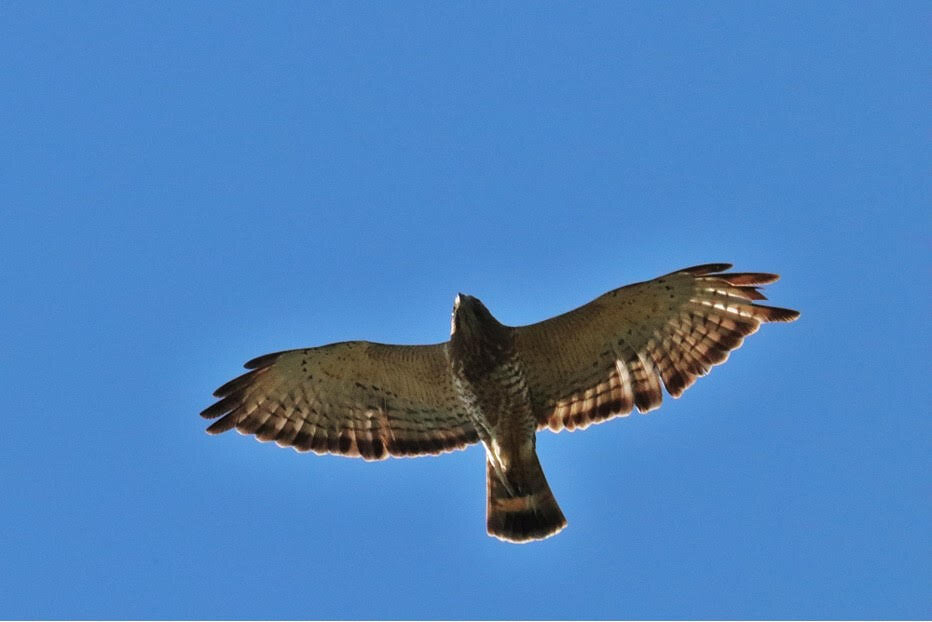
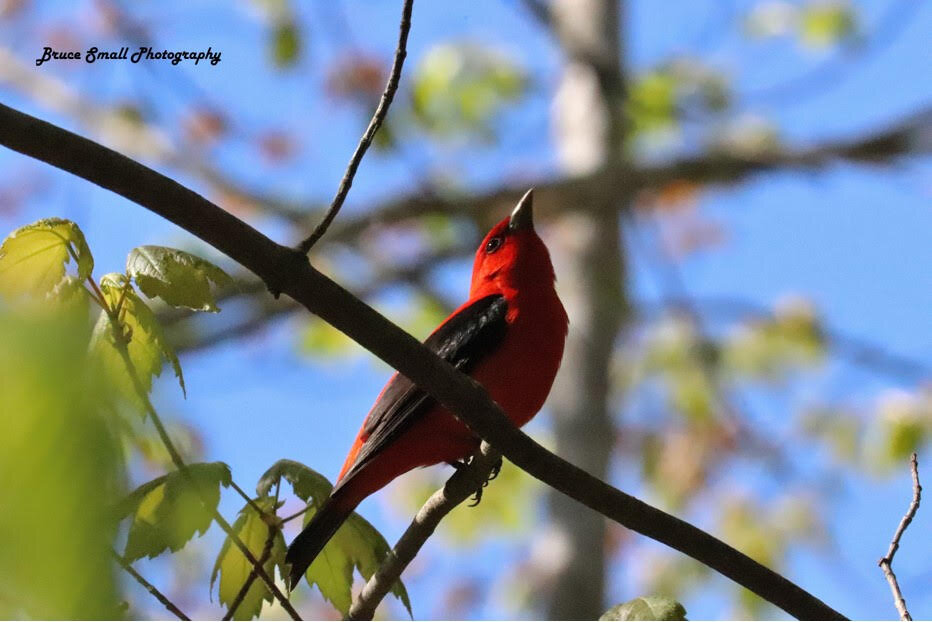
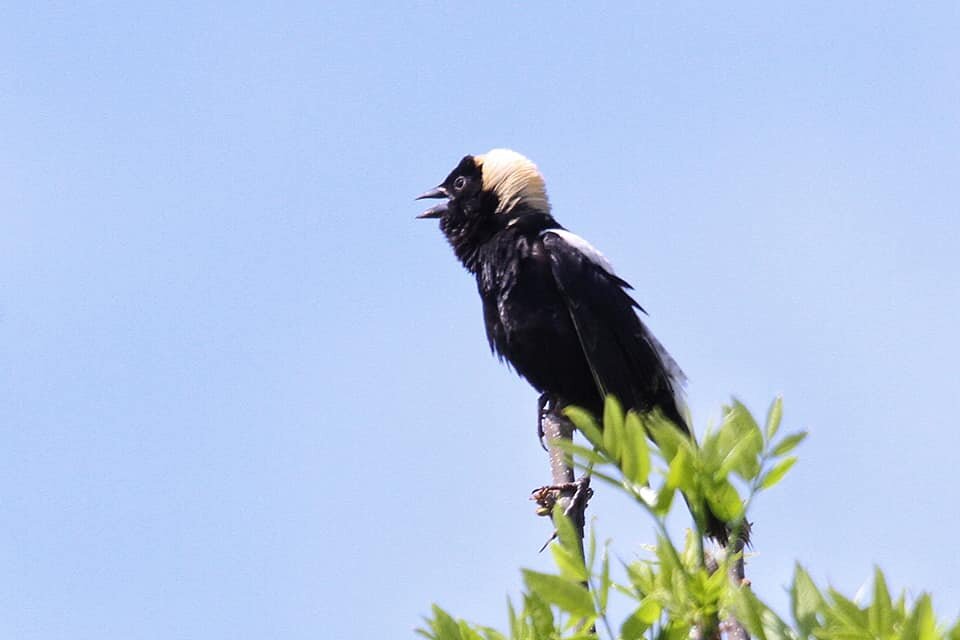
Birding Resources
For the new birder getting started:
More advanced resources for those with experience:
Finally, we encourage you to report what you see on particular visits to Preserves on eBird, a mapping and database website run by the Cornell Lab of Ornithology, which shows bird observations all around the world. Here is what the Gambo Preserve page looks like as an example. Happy birding!
Mushroom Week 2020
In mid-July after a historic early summer drought, rains came just in time to encourage a huge variety of mushrooms to pop up throughout the region for Mushroom Week. Over 30 people walked the Preserves searching for fungi of every size, shape, and color while Master Naturalist Alan Seamans helped make sense of it all by identifying the finds. Below are some of the highlights followed by the complete list:
Fly-Fishing Spots
For fly-fishing enthusiasts, this map highlights some great spots in the Presumpscot River watershed–including a few Presumpscot Regional Land Trust Preserves–that are all publicly accessible and stocked by the Maine Department of Inland Fisheries and Wildlife in the spring.


